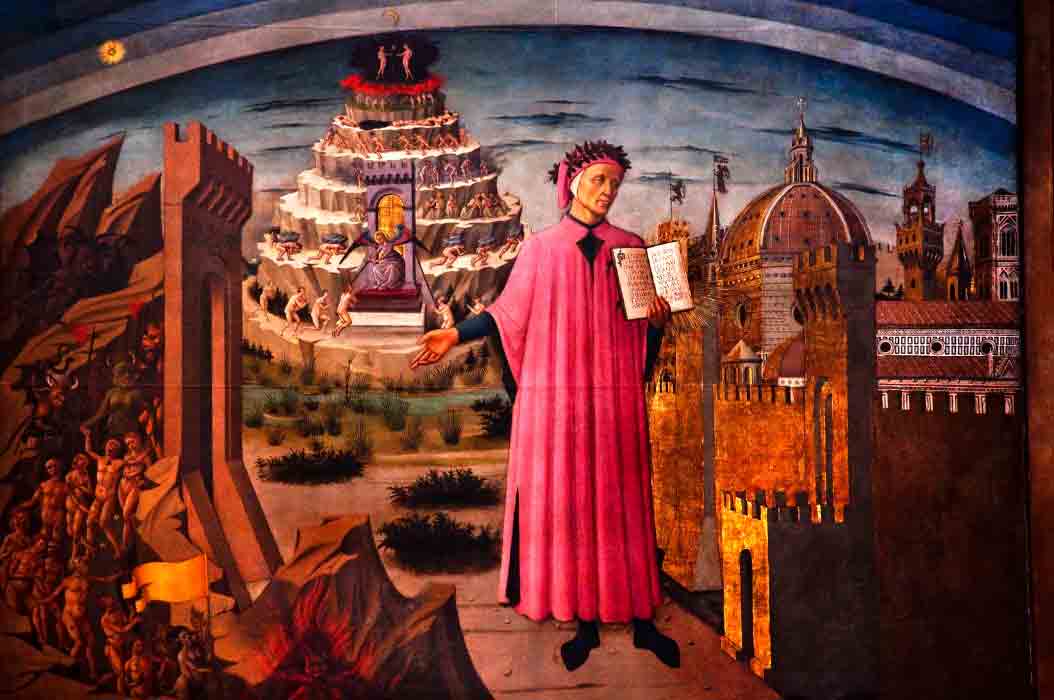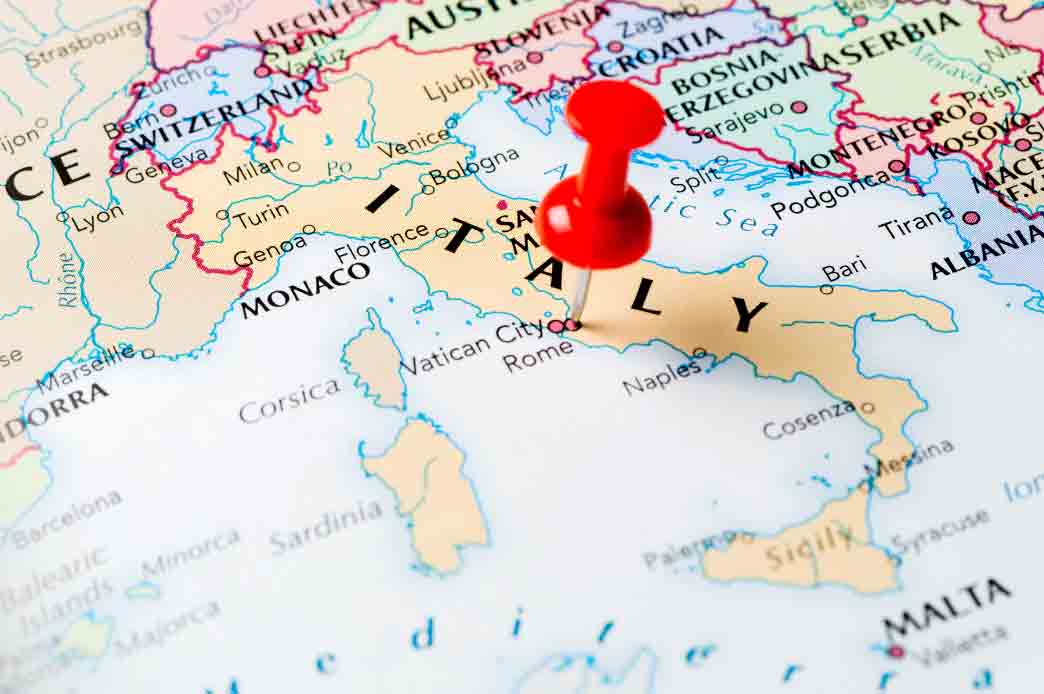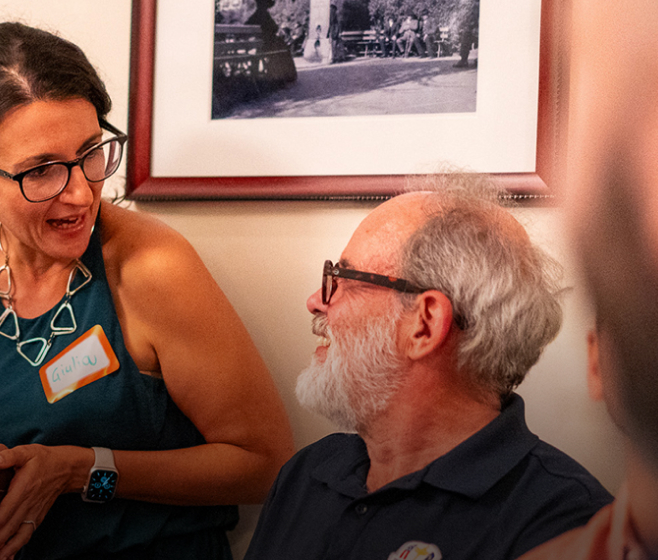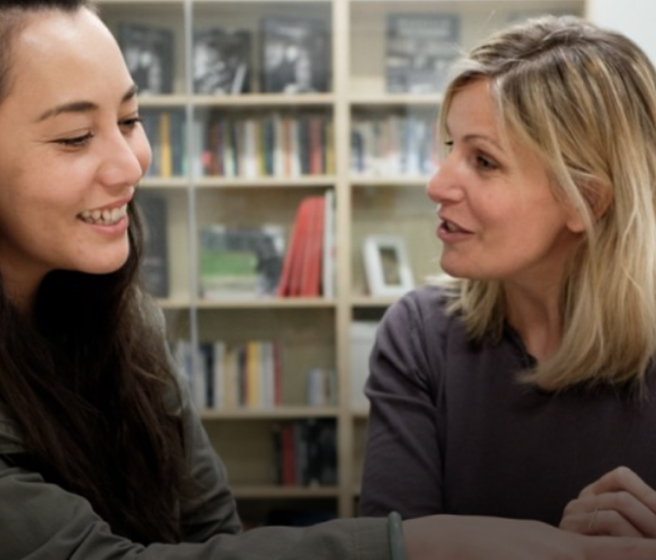
Exploring Italian dialects: a journey through Italy’s linguistic diversity
that shape Italy’s culture and history
Are you curious about the rich tapestry of Italian dialects and regional languages? Learn about Italy’s linguistic diversity, historical influences, and cultural significance. Perfect for language enthusiasts and travelers!
A tapestry of Italian dialects
When most people think of the Italian language, they imagine the melodious standard Italian heard in films or learned in language classes. However, Italy’s linguistic landscape is far more complex—a rich tapestry of regional dialects that vary dramatically from north to south. These dialects are not merely variations of standard Italian; many are distinct linguistic systems with their own vocabulary, grammar, and pronunciation. They reflect Italy’s historical patchwork of kingdoms, foreign influences, and geographical isolation, making the journey through Italian dialects an exploration of cultural identity and history.
The origins of Italian linguistic diversity
Italy’s unique geography—a peninsula divided by mountain ranges and dotted with islands—created natural barriers fostering linguistic isolation. Before unification in 1861, the Italian peninsula was fragmented into independent states, each developing its linguistic identity over centuries.
The birth of standard Italian
Standard Italian (italiano standard) is rooted in the Tuscan dialect, particularly the Florentine variety. It gained prestige through the literary works of 14th-century Tuscan giants like Dante Alighieri, Petrarch, and Boccaccio. However, this standardization is relatively recent in Italy’s long history, and for centuries, most Italians primarily spoke their local dialects.
Did You Know? Dante’s “Divine Comedy“ played a pivotal role in popularizing the Tuscan dialect, laying the foundation for modern Italian.

Major dialect groups across Italy
Northern Italian dialects
Northern Italy is home to diverse dialects influenced by Gallo-Romance languages. Key groups include:
- Gallo-Italic Dialects
Found in Piedmont, Lombardy, Liguria, and Emilia-Romagna, these dialects feature dropped final vowels and simplified consonants.
- Example: In Piedmontese, “Còsa it fas?” means “What are you doing?” compared to standard Italian “Cosa fai?”
- Venetian Dialect
Once the language of the powerful Republic of Venice, Venetian has unique consonant sounds and vocabulary influenced by Eastern Mediterranean trade.
- Example: “Ciaò, come xètu?” (Hello, how are you?) contrasts with standard Italian “Ciao, come stai?”
Central Italian Dialects
- Tuscan Dialects
While standard Italian derives from Tuscan, local Tuscan dialects preserve unique features like the Tuscan gorgia where “c” is pronounced like an English “h.”
- Example: “La casa” sounds like “La hasa” in rural Tuscan.
- Marchigian and Umbrian Dialects
These bridge the northern and southern linguistic traditions, showcasing distinct vocabulary and melodic intonation patterns.
Southern Italian Dialects
- Neapolitan Dialect
A rich literary and musical tradition defines Neapolitan, known worldwide through songs like “‘O Sole Mio.”
- Example: “Jamme jà” (Let’s go) instead of standard Italian “Andiamo.”
- Sicilian Dialect
With influences from Greek, Arabic, Norman French, and Spanish, Sicilian is one of the most distinctive dialects, even recognized by UNESCO as a language.
- Example: “Comu siti?” (How are you all?) compared to standard Italian “Come state?”

Other linguistic minorities
Italy is home to several protected linguistic minorities, including:
- Franco-Provençal and Occitan communities in the western Alps
- German-speaking communities in South Tyrol
- Slavic-speaking communities in the northeast
- Greek-speaking enclaves in Calabria and Puglia
- Catalan speakers in Sardinia’s Alghero
- Sardinian, considered by linguists a separate Romance language entirely
Dialects in modern Italian society
The relationship between standard Italian and regional dialects has evolved dramatically:
- Fascist Era: Dialects were suppressed for linguistic unity.
- Post-WWII: Economic development, migration, and mass media promoted standard Italian.
- Today: Nearly all Italians speak standard Italian, but many maintain regional dialects as cultural identity markers. About 14 million Italians still use their dialects regularly.
Fun Fact: Dialects are thriving in music, theater, and digital media, showcasing regional identity and tradition.
Experiencing dialect diversity as a language learner
For students of Italian, encountering regional dialects adds depth to cultural understanding. Expect to hear:
- Different greetings and expressions
- Unique pronunciation and intonation
- Local food names and idioms reflecting regional wisdom
Pro Tip: At Istituto Italiano Scuola, we incorporate regional vocabulary, cultural traditions, and expressions into our courses to enrich your learning experience.

Regional expressions that color everyday Italian
Even in standard Italian, regional expressions frequently appear. Here are a few colorful examples:
- From Milan: “Sciura” – respectful term for a lady
- From Rome: “Daje!” – “Come on!” or “Let’s go!”
- From Naples: “Tengo fame” instead of “Ho fame” – “I’m hungry”
- From Sicily: “Minchia!” – a versatile exclamation (use cautiously!)
Preserving Linguistic Heritage
With globalization and standardization, Italy is striving to preserve its linguistic diversity. Efforts include:
- Dialect poetry competitions and theater productions
- Dialect courses in schools connecting youth to heritage
- Digital media platforms dedicated to dialect learning and appreciation
Discover Italy’s linguistic mosaic with Istituto Italiano Scuola
Istituto Italiano Scuola celebrates Italy’s linguistic diversity. While mastering standard Italian remains our primary focus, we encourage students to explore regional expressions, enjoy dialect music and literature, and appreciate Italy’s cultural complexity.
Join Us and Discover More
Learn Italian and explore the beauty of regional dialects. Enroll today in our Adults’ groups!



